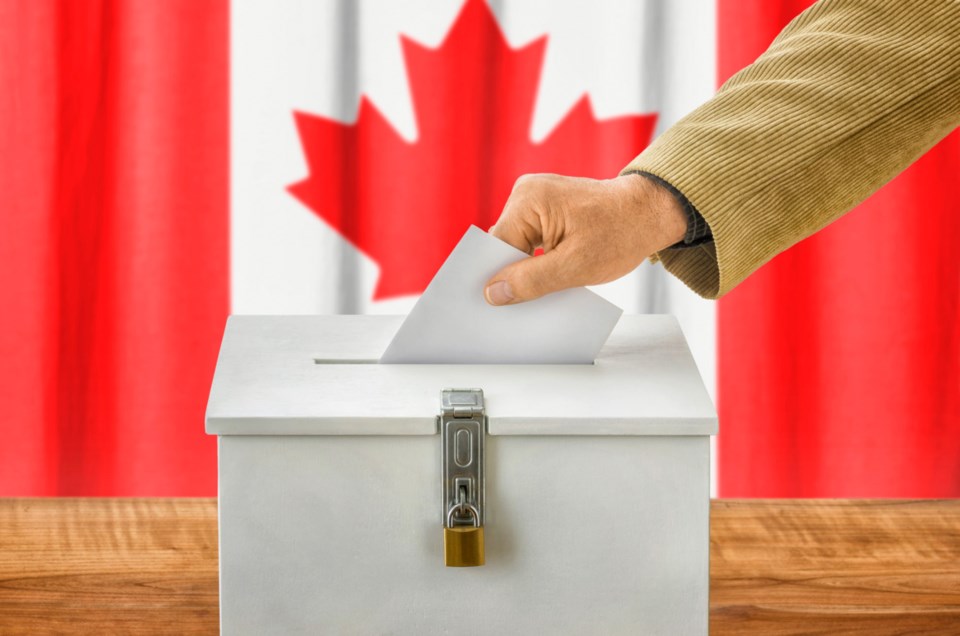********************
In the past few days a number of letters have appeared in OrilliaMatters both for and against Proportional Representation (PR).
Nineteen years ago, I asked my youngest son to come with me to vote and being as this was his first opportunity to exercise his democratic right, I thought he would be excited to do so. His response both surprised me and raised some doubts for me about how our democracy works in Canada.
He simply said to me “Why do you vote, I know your vote never counts.”
Here was a hard working kid who had no academic ambitions, who just wanted to build things and at that time was apprenticing in carpentry, which he turned out to be pretty darn good at. His refusal to go to the polling booth with me left a lasting impression and made me take a good long hard look at how our democracy works.
After doing some research, I soon realized how distorted our voting system really is. Both provincially and federally, our elections put political parties in absolute power with 40% or less of the vote. In Canada the last federal election with over 50% of the vote, resulting in a real majority, was in the early 80’s and the last real majority in Ontario was in 1936.
The more I looked into the disparity of election results over the years, the more discouraged I became with our first past the post (FPTP) system
where it became more apparent to me how right my son was about my vote not counting.
With FPTP, every political party in Ontario benefits, even the NDP gained a majority in 1990 with just 37% of the vote.
While FPTP helps parties gain a phoney majority it also disenfranchises thousands of voters from all parties whose votes are wasted in ridings that are traditionally held by certain parties like in Toronto where in the 2015 federal election the Conservatives only won three seats to the Liberals 47 despite the fact that 33% of the voters cast a vote for the Conservatives.
With a PR system in place, the Conservatives would have had 17 seats not 3. These examples are consistent across Canada and despite the self–serving naysayers, the time for electoral reform is now and the sooner the better.
(Letter writer) Gerry Hawes' talk of a ranked ballot for provincial or federal elections is absurd; this method of voting may have a place in a single ward system in local municipalities but could create an even greater disparity in provincial or federal elections.
In a true democracy, every vote should count. We should look no further than New Zealand, who for years used our antiquated FPTP and in the late 90’s went to a Mixed Member PR system and since then the good citizens of New Zealand can be assured that when they take their son to vote for the first time, his vote will count.
Ken Robertson
Barrie
********************


